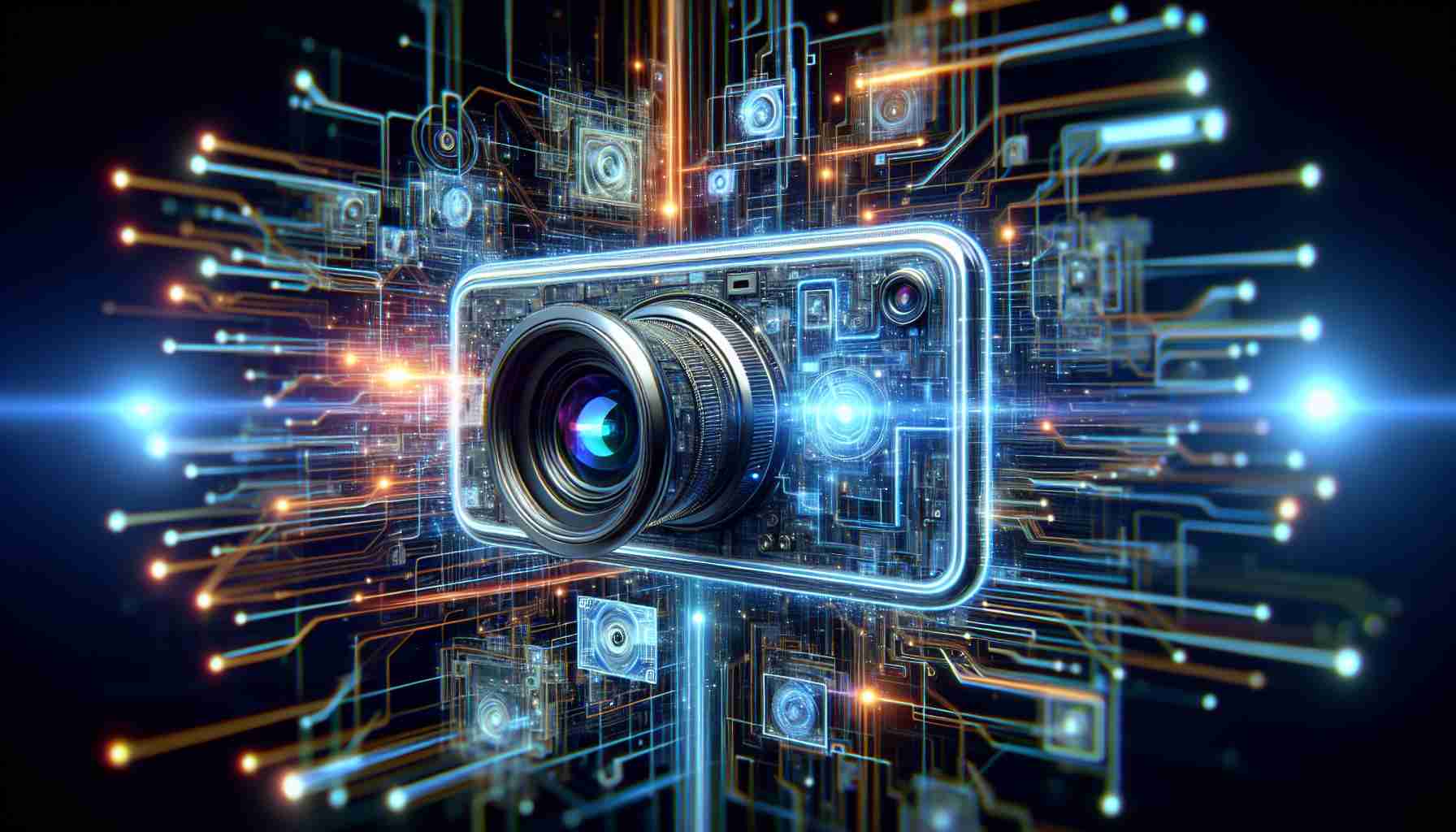Smartphone technology is continuously evolving, and with the advent of 2024, the ‘smart’ in smartphones has begun to take a literal meaning, especially where camera technology and artificial intelligence (AI) converge. Not so long ago, the release of the Google Pixel 6 Pro marked a milestone in AI integration with innovative features like Google’s Magic Eraser, hinting at the then-nascent potential of AI in mobile phones.
A decisive advancement occurred when Qualcomm showcased the fusion of generative AI tools like Stable Diffusion on a smartphone platform, demonstrating capabilities once thought too complex for mobile computing just a year earlier.
Oppo’s Find X7 Ultra now spearheads this revolution, debuting the world’s inaugural Quad Main Camera system. Harnessing four 50MP cameras, two equipped with periscope zoom lenses, the Find X7 Ultra delivers an unprecedented photography experience on a mobile device. Central to its prowess is the Sony LYT-900 sensor, paired with a Snapdragon 8 Gen 3 chip featuring a bespoke Image Signal Processor, mirroring the ambitious one-inch sensor endeavor of the Panasonic Lumix DMC-CM1 of yore. The Find X7 Ultra is thus established as a multi-camera titan in the smartphone realm.
Meanwhile, Samsung has not been idle, with its S24 series exemplifying the extensive application of AI in mobile photography. Through features that enable users to manipulate images with sophisticated, content-aware AI tools, the S24 Ultra forgoes conventional 10x optical zoom in favor of a powerful combination of 5x magnification and AI-enhanced digital zoom.
An additional breakthrough in the Galaxy S24 series is the integration of distributed computing, allowing photo and video content to benefit from the prowess of cloud-based AI, thus unlocking a spectrum of innovative functionalities.
As smartphone cameras, or ‘connected cameras’ as some prefer to call them, continue to assimilate AI-driven features, the implications for content creation are profound. While some debate the artistic merit in an era of AI-dominated photography, these advances seem to mark an exciting, if not inevitable, shift in visual storytelling.
AI in smartphone cameras enhances capabilities significantly, performing complex image processing that used to be possible only with dedicated imaging software on powerful desktop computers. Modern smartphone cameras can identify scenes, enhance images in low-light conditions, apply bokeh effects to mimic professional cameras, and even remove unwanted objects from photos using AI.
Key Questions and Answers:
– What is the impact of AI on smartphone photography?
AI’s impact on smartphone photography lies in its ability to automate complex image processing, improve photo quality, and introduce creative features that were previously out of reach for casual photographers.
– Are there any challenges with the AI revolution in smartphone cameras?
Yes, challenges include concerns about privacy, the potential for the creation of deepfakes, and the loss of traditional photography skills as AI simplifies many manual processes.
– What controversies are associated with AI in smartphone cameras?
Controversies include debates over the authenticity of images, with purists arguing that AI manipulation distorts reality, and ethical considerations about consent and representation in AI-generated or modified content.
Advantages of AI in Smartphone Cameras:
– User-friendly interfaces allow for simple, yet powerful photographic enhancements.
– Improved low-light performance and noise reduction.
– Real-time scene recognition and optimization.
– Features such as object removal or swapping, and portrait enhancements.
Disadvantages of AI in Smartphone Cameras:
– Loss of traditional photography skills and techniques due to automation.
– Dependence on algorithms that may not always interpret a scene authentically or appropriately.
– Potential privacy issues with AI features that analyze or store images.
Related Links:
– Qualcomm
– Oppo
– Samsung
AI advancements in smartphone cameras are contributing to a shift in the paradigm of photography. While they bring about remarkable benefits for content creation and manipulation, the evolving technology also raises important questions about considerations such as authenticity, privacy, and the future of photography as an art form.
